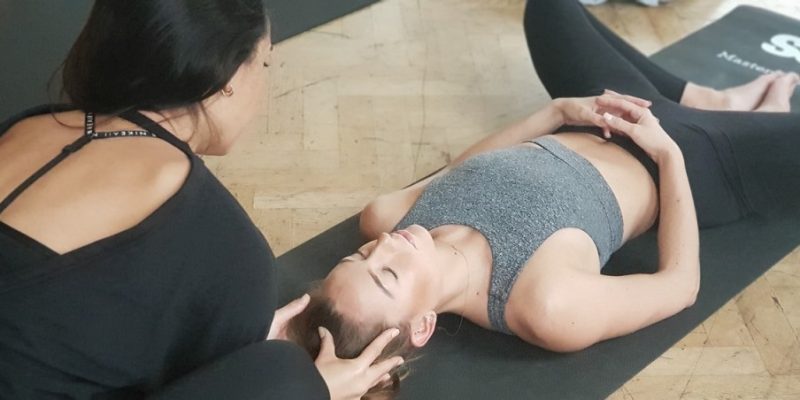
Vocalization during Body De-Armouring work (in American English known as Body De-Armoring) used as either a deliberate or spontaneous act of the client in a therapeutic session, can be an effective way of releasing emotions and trauma that have been repressed or suppressed.

Acts of vocalization may include crying out loud, sobbing, saying or asking what you really wanted to say or ask in a distressing situation, or uncontrolled shouting and screaming, and such.
Vocalization may be a deliberate act as part of roleplay and simulation in De-Armouring. A well-known technique is that of the “empty chair.” The client imagines that a certain person (typically one who had a crucial role in the traumatic experience) is present and “sits” in an empty chair opposite them, which allows the client to express their thoughts and feelings towards this person.
By contrast, vocalization may also come about spontaneously during hands-on Body Dearmouring (for instance, during breathwork or massage) through which emotional pains, feelings of helplessness, or anger that got stuck in the body come to the surface and need a way out.
As a rule, De-Armouring therapists will encourage their clients to strongly vocalize their emotions as a way of “completing the emotional experience” so as to fully release them.
Receive occasional news about our new eBook and Video Workshop publications.


















